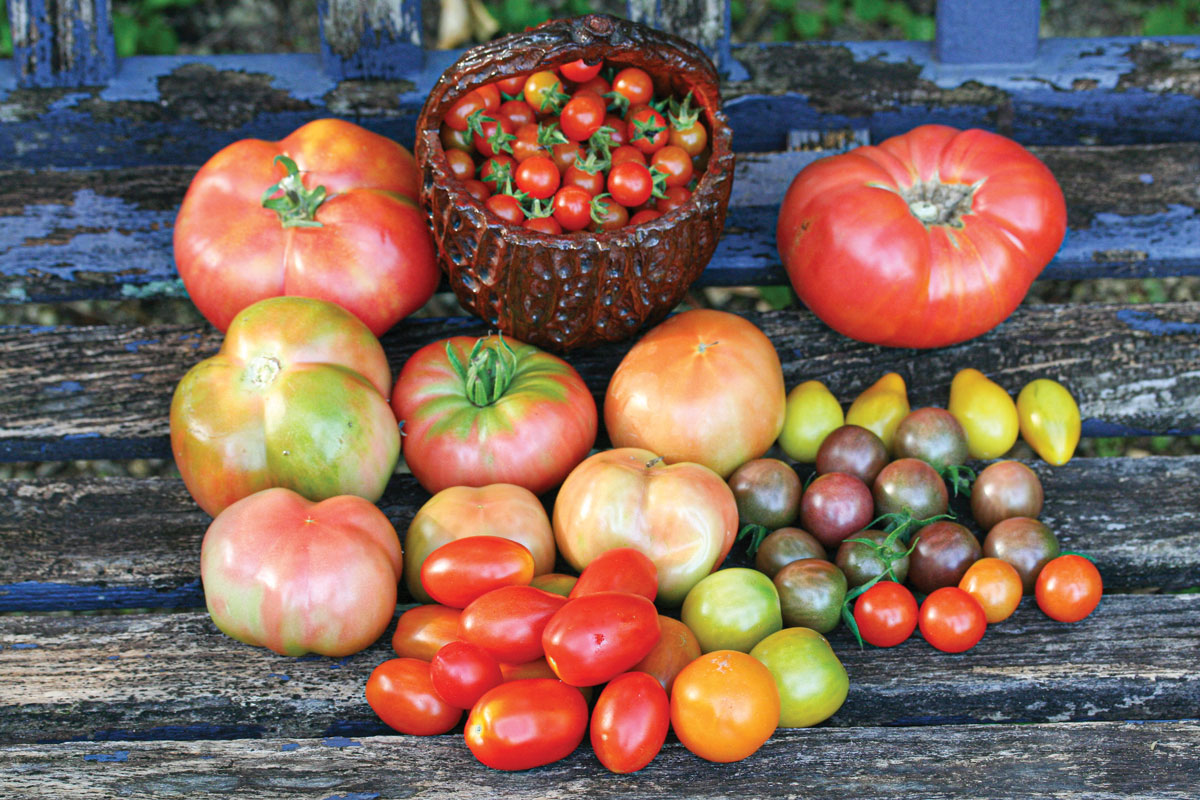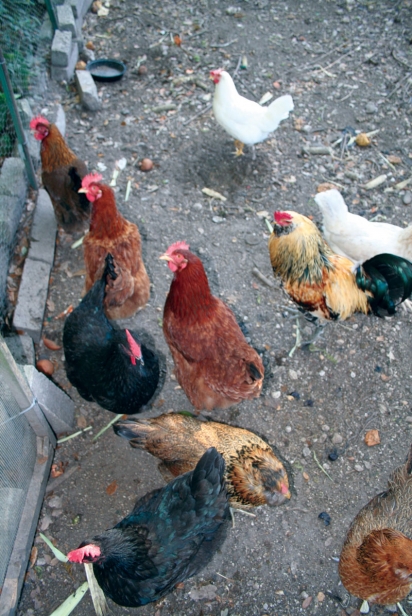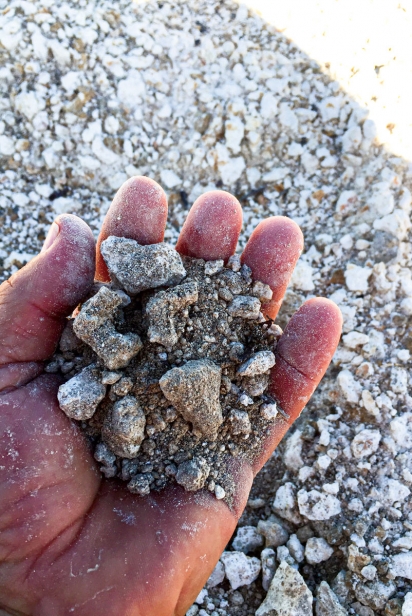Back to the Basics
Looking back on a decade of edible gardening, we head back to our roots, to the basics of South Florida. Many a mango and persimmon have we harvested and savored – an extended season for avocado, fleeting moments with the lychee. We have built our annual vegetable gardens brick by brick, mulch pile by mulch pile. Hurricanes have come and gone. Cold fronts and heat waves have danced among the droughts and deluges, unprecedented and a sign of a changing climate. The edible landscape lives on. As pupils, we take note, learning, adapting and evolving.
Know South Florida
Our shallow soils are made up of nutrient-poor, high-pH calcareous rock or sand. We have a monsoonal climate with a rainy summer and dry winter. Summers bring the threat of tropical cyclones; winters the occasional killing frost or freeze. While we are part of the continental U.S., our climate, soils and fauna are distinctly Caribbean.
We start at the roots. Spartan soils must be improved through mulching in order to achieve a diversity beyond the most basic of pioneering species. This begins by conserving what we already have. All plant debris, including leaves, twigs and branches – the biomass sequestered over years – should be cut into small pieces and placed within the mulch pile or surrounding trees. Nothing should leave your home garden. Instead of losing this energy and adding to the landfills, recycle nutrient-rich plant material as mulch in the vegetable garden or your home landscape. A hand saw, pair of hand loppers, a machete and hand-pruning shears are all you need. In over 30 years and several major hurricanes in our edible landscape, nary a leaf has left my property.
Prune!
Don’t ignore canopy management, or our beloved edible landscapes may fall victim to tropical tempests. To maintain the health and productivity of the high-density edible garden, begin canopy management early and continue it throughout the life of the garden. Thin the upper and middle canopy annually through selective limb removal to allow light to pass to the plants below. Pollarding – cutting off the top and branches to encourage new growth – is unpopular with activists and local governments, but it’s a useful pruning technique to allow light penetration, hurricane survival and productivity. Hurricanes – nature’s way of pollarding – will expedite canopy thinning.
The vegetable garden becomes an essential seasonal element of the edible landscape. Tomatoes, corn, green and dry beans, melons, tropical pumpkins, sweet potatoes, lettuce, cucumbers, herbs and spices are all cultivated with heirloom varieties and a minimum of chemicals. Hand labor and mulching reduce competition from unwanted weeds and encourage beneficial insects. Chickens help control weeds and remove damaging insects from the soil while improving fertility. Select vegetables and specific varieties that are well adapted to local conditions. Timing is key. Wait for the last big rain of the year, which comes sometime between Halloween and Thanksgiving. If you plant too early and get wiped out, try, try again. Tomatoes and most other vegetables thrive and set fruit as the nighttime temperatures dip into the 50s and the humidity drops. Diversify into Caribbean options such as tall corn (for the construction of walls and fences from the stalks), papayas, pineapple and sugar cane. Never be afraid to experiment and remember that every tomato or banana will be better than what you can buy in the store.
Throw Some Shade
Kipling once wrote, “only mad dogs and Englishmen go out in the midday sun.” Our edible gardens conform to this, too. Shade, manipulated to allow sufficient light below, improves the quality and performance of more delicate plants such as coffee, cacao and guanabana, and helps maintain soil fertility. In the edible garden, mother trees such as oaks and West Indian tamarinds can provide protection from cold, wind and sun while providing a habitat for a host of animals.
Domestic animals are part of the recycling system. Chickens and honeybees, rabbits and ducks or geese make fine additions to the garden. Honeybees, a rewarding and time-honored avocation, provide pollination, honey, pollen and wax for soaps and candles. Worms turn manure, cardboard and plant debris into valuable compost and fertilizers. The native fauna, the birds, foxes, raccoons and possums, although not domesticated, adapt to the rhythm of the garden and further enhance the quality of life.
Overlaid across all is the expertise and care of the gardener. Horticultural skills never go out of vogue. Learn how to graft, take cuttings and make air-layers. Join fruit and horticulture clubs. Attend gardening groups. Take a class on beekeeping. You can embrace technology, but never forgo the traditions and techniques that have survived the test of time. My edible garden and home landscape have a lifetime of horticulture interwoven into the soil, the roots, trunks and canopies. It is a living, breathing, organism directed by my patient horticultural hand, the ultimate partner in this waltz we call edible gardening.







